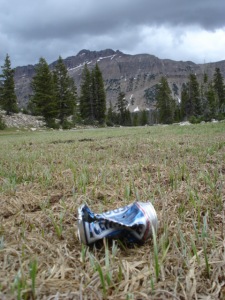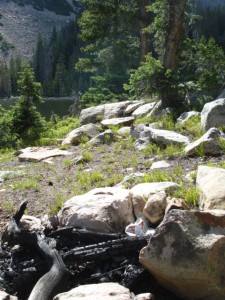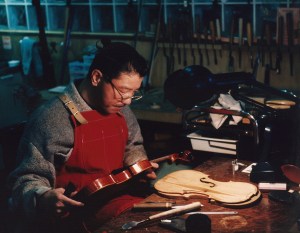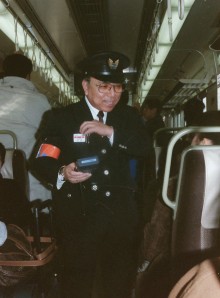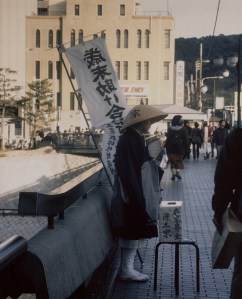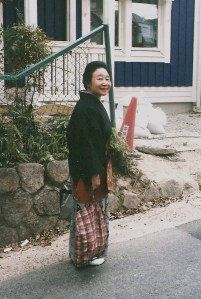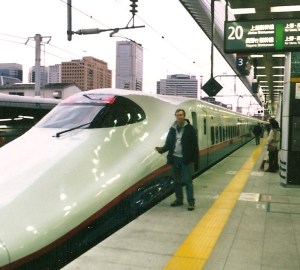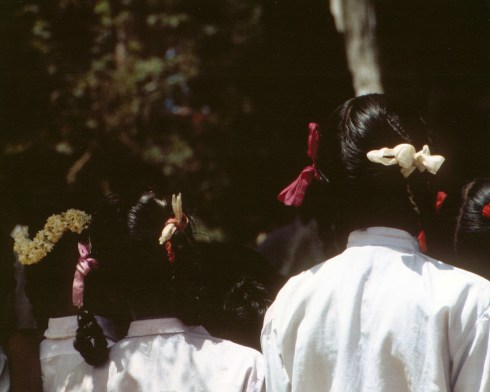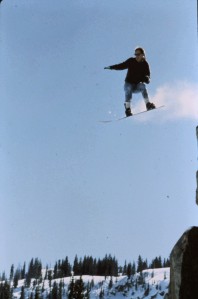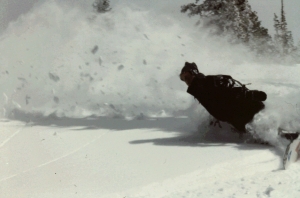Change is inevitable for this island country, which has a history of isolation, of taking just what it wants from the outside world. But this time it cannot avoid the change that is coming. For many centuries foreigners were rarely allowed into Japan. The Japanese were very independent and unique even among other Asian countries. They opened their doors to trade for a while with the west and the Jesuit missionaries came along. The missionaries actually had great success until the ruling Japanese nobles started to feel a loss of control, like change too rapidly. So they exterminated the Christians. Literally thousands lost their lives. The doors to trade were again closed until 1800’s when the Americans and British “persuaded” them to re-open. Today it would be very difficult for the Japanese to return to isolation. Their economy is tied to the rest of the world. Today, “no man is an island”, especially Japan. However Japanese opinion seems torn between wanting out of their shell of isolation embracing a brave new world, and trying to return to the good old days where people were under the control of social expectations.
But if I were Japanese looking at the changes so rapidly happening in my country I would close the doors as fast as possible to western influence. The young people once so courteous are becoming rebellious, arrogant, brats, (welcome to the US). Western music, movies and sports, are everywhere. They are attracted to our western freedom, but what they are catching is our insanity.
In traditional Japanese society individuals find life direction more on a closed system without interference from God. Their values are based on allegiance to their society, work and family. It is a system that has worked for them for centuries. The idea of the individual asserting his individuality has been looked down upon, the needs of the society were traditionally more important. In Japan they have a saying regarding individuality, “The nail that sticks up must be hit down.” Sometimes I think they have a self imposed wall like communism around them, and I’m standing outside the wall with a note tied to a rock that says “you’re free!” Should I throw the rock in? Is it what they are looking for? Is my so-called “freedom” any better than theirs?
Many of us in the west do not appreciate the freedom and self-respect that was given to us as a Bible heritage. Where ever the Bible has a strong influence, it has taught that mans first allegiance is to God, and second to people. That is why we only bow to God, if we bow at all, and we greet people as equals. This has some great benefits; we are all equal before one higher being, we are free to be all that God has created us to be, no man can stand in judgment of me if God has accepted me. You can see how this principal has permeated our thinking. However on the negative side of this freedom coin is that if God is taken out of the picture, or distorted, then I become a slave to my self-imposed ideas. Instead of respecting God first and loving my neighbor as my equal, I just serve myself. The true freedom the Creator designed us for is this; knowing our place before God, we respect our neighbor as our self. I believe that the Japanese heart is hungry for some of this godly freedom, without the western insanity.
In some previous generations it was profitable and popular to package western technology and culture along with the gospel. People in developing countries could see the lack in their society and were anxious to advance. But the great danger of packaging our culture along with God’s message is that it is a perversion of the truth. It becomes “our” gospel, rather than God’s truth. There is inevitably a negative reaction to a cultural gospel, in spite of some success, because the remainder of the people recognizes the cultural ties and rejects the foreign culture. Many, many people in Japan will not consider a foreign religion because they consider it a betrayal of family heritage. And they really cannot be blamed for this. It is true that Jesus calls us all to go beyond our family heritage into his heritage, but it also true that Jesus is not American more than Japanese. And coming into Christ’s heritage does not mean switching from Japanese to American. We must be very clear on what we present– that it is the truth.
On my trip to Japan I was honored to visit a junior high school with our pastor. In an art display there was a picture, an etching of superb quality. It was of a person all bound up like with ropes, a very dark image, with the English caption “TO REACH OUT FOR ETERNITY”. I saw that “God has put eternity into the heart”, (Ecclesiastes 3:11), of one Japanese young person, and that there is a true spiritual need there. I was able to meet this young artist and she gave me the etching to bring home.
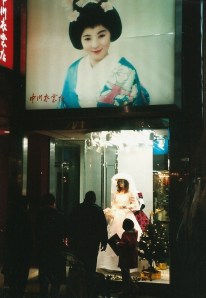
East/west culture icons

